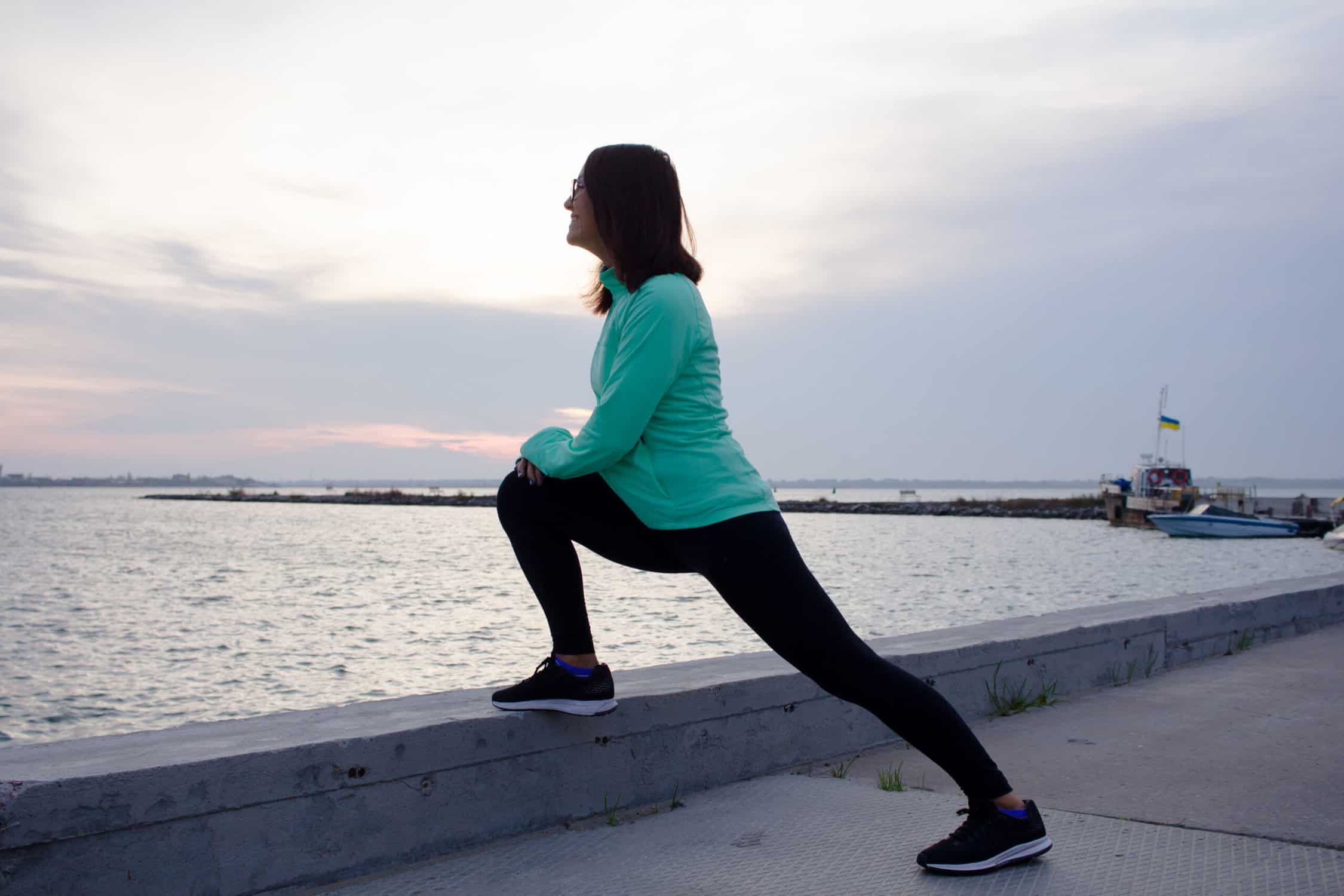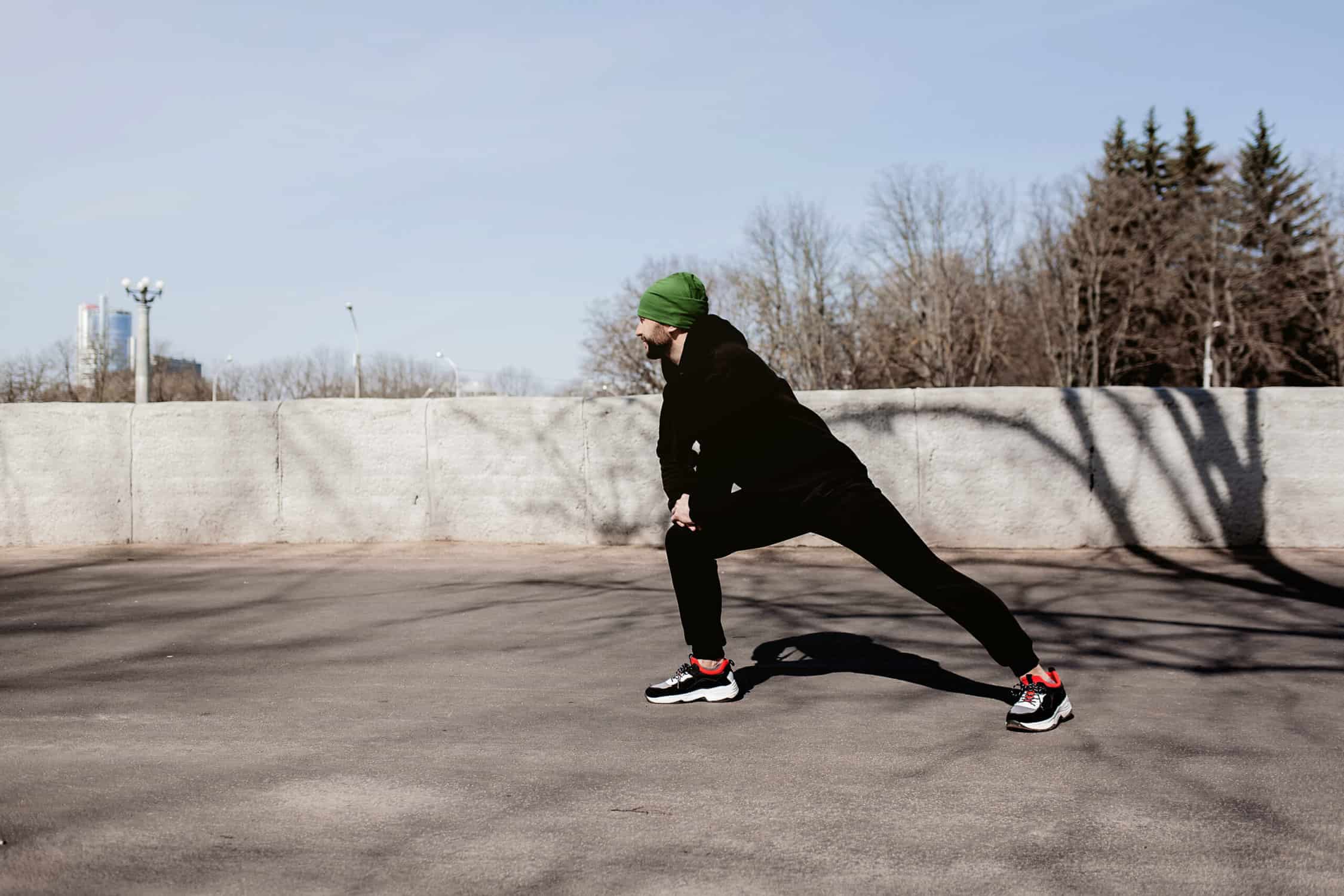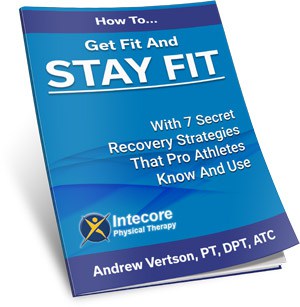
Braving the chill for a workout session might seem daunting, but exercise in cold weather can be incredibly refreshing and invigorating if done right. In this blog post, we’ll go through key considerations and provide practical tips to ensure your winter workouts are not only safe but also effective.
More Posts Like This From Intecore:
Is Exercising Making My Hip Pain Worse?
Why You Should be Doing “Hip Dips”?
Table of Contents
Why is it Important to Exercise Safely in Cold Weather?
Maintaining an exercise regimen throughout the year is crucial for overall health, and this includes the colder months. Exercise in cold weather has several benefits, including enhanced endurance and calorie burn due to the body working harder to regulate its core temperature. However, the cold can increase the risk of sprains, strains, and other injuries if you haven’t prepared properly. The body’s response to cold — such as shivering and reduced blood flow to the extremities — can decrease your physical performance and make you more susceptible to injuries. Therefore, understanding how to prepare and protect your body is key to a safe and comfortable workout routine, even when the temperature drops!
Tip 1: Warm Up Properly

Warming up before any physical activity is important, but it’s essential when it comes to exercise in cold weather. A proper warm-up gets your cardiovascular system revved up, increases blood flow to your muscles, and raises your body temperature, which can help decrease the risk of injuries.
Stretching Exercises
Static stretching in cold weather can be counterproductive if your muscles aren’t already somewhat warm, leading to potential muscle strains. Instead, start with gentle movements that mimic your upcoming activity at a slow pace, gradually increasing intensity. For example, if you’re going to run, begin with a brisk walk, then a light jog, before diving into full-on running.
Dynamic Warm-Up Exercises
Dynamic warm-ups are particularly beneficial in cold conditions. They involve movement-based stretches that improve range of motion and prepare the muscles for a workout. Some dynamic warm-up exercises include leg swings, arm circles, lunges with a twist, high knees, and butt kicks. These exercises increase your temperature and circulation, and also enhance muscular performance and coordination, which are vital for safe exercise in cold weather.
Tip 2: Dress Appropriately To Exercise In Cold Weather
One of the most important strategies for exercising in cold weather is dressing properly. Your body will heat up as you exercise, but you also need to protect against the cold and elements.
Layering Clothing
Layering allows you to manage your body temperature. Start with a moisture-wicking base layer to keep sweat away from your skin. Add an insulating layer to retain heat and finish with a waterproof but breathable outer layer to protect against wind and precipitation. As you warm up, you can remove layers to prevent overheating and sweating which can lead to a chill once you cool down.
Choosing the Right Fabrics
Avoid cotton, which retains moisture and can make you feel colder. Opt for synthetic fibers like polyester for the base layer. Wool or fleece make excellent insulating layers, and for the outer layer, materials such as Gore-Tex can provide good protection against the cold while still allowing sweat to escape when you exercise in cold weather.
Tip 3: Stay Hydrated
Hydration might not be the first thing that comes to mind when it’s cold out, but it’s just as important as when exercising in the heat.
Importance of Hydration When You Exercise in Cold Weather
Cold air can be dry, and your body still loses a significant amount of water through sweat and breath. Additionally, the cold can suppress thirst, meaning you might not realize you need to drink water.
Carry a water bottle and take small sips throughout your workout. If you’re planning a longer session, consider a sports drink to replace electrolytes. Warm fluids like herbal tea can also be comforting before or after a cold workout, helping to maintain hydration and body temperature.
Tip 4: Protect Your Extremities
Your body prioritizes keeping your core warm, which can mean less blood flow to your hands, feet, ears, and nose, making them more susceptible to cold injuries when you exercise in cold weather.
Tips for Protecting Your Hands and Feet
Wear gloves or mittens to keep your fingers warm, opting for insulated and water-resistant options if necessary. Socks should be made of a wicking fabric to keep feet dry, and shoes should be waterproof if you’re exercising in snow or rain.
Importance of Protecting Your Ears and Nose
Your ears and nose are vulnerable to cold temperatures. A hat that covers your ears or a headband can provide protection, while a scarf or mask can shield your nose and face. Look for materials that provide insulation while allowing you to breathe easily.
Remember, exercise in cold weather can be safe and effective with the right approach. By dressing appropriately, staying hydrated, and protecting your extremities, you’re setting yourself up for a successful and enjoyable workout.
In conclusion, exercise in cold weather certainly has its challenges, but with the right preparations, it can be beneficial to your overall health. Remember to listen to your body and if you feel any sign of pain or a twinge to stop and take it easy.
Ready to Experience the Benefits of Physical Therapy?
If you’ve read this far, and you’re convinced that the benefits of physical therapy could be the golden ticket to elevate your physical performance, foster faster recovery, and bolster your defense against injuries, you’re in luck! We’re excited to extend an invitation for a personalized experience right here at our PT clinic!
Arrange a free discovery visit with us and let’s explore together how our specialized interventions can transform your performance.
During this complimentary session, one of our expert physical therapists will answer all your queries, offer insights, and ensure you’re well-equipped with the information you need to make informed decisions about your health and wellness.
Scheduling your free discovery visit is easy. Just click here to fill out our web form, or if you prefer, give us a call at (949) 565-4944, and a member of the team will be happy to arrange your free telephone consultation at a time that works for you.
If you’re not quite ready to talk to us yet, why not download our FREE sports injury guide? It’s full of practical tips, insights, and strategies to keep injuries at bay and ensure your physical performance is always at its peak.
Download Your Free Sports Injury Report Here.

- 7 Ways to Get Rid of Tension Headaches Naturally - July 1, 2025
- Why Are My Feet Swollen? Common Causes Explained - June 2, 2025
- What Is Restless Leg Syndrome? Symptoms, Causes, and Relief Options - May 5, 2025













